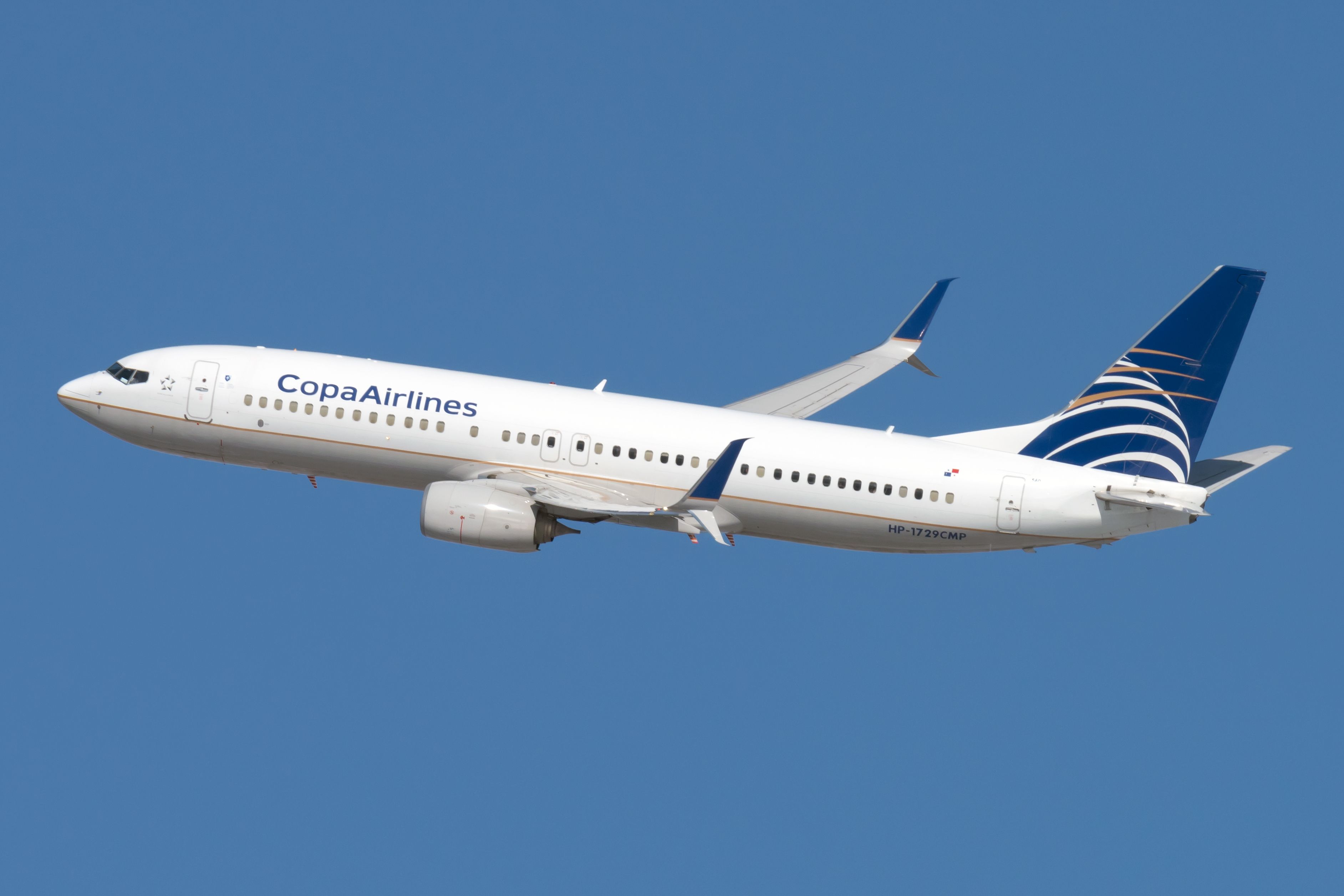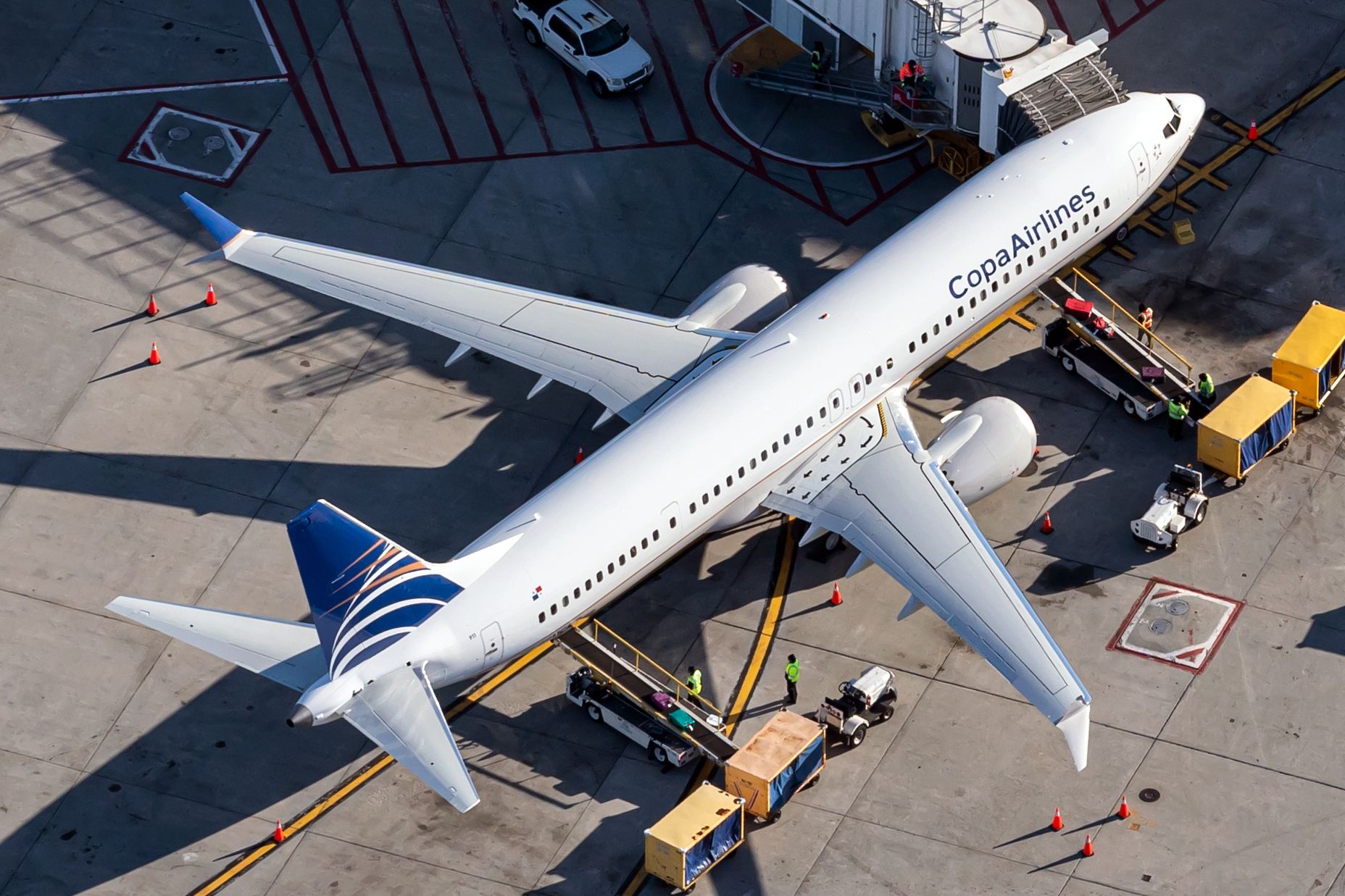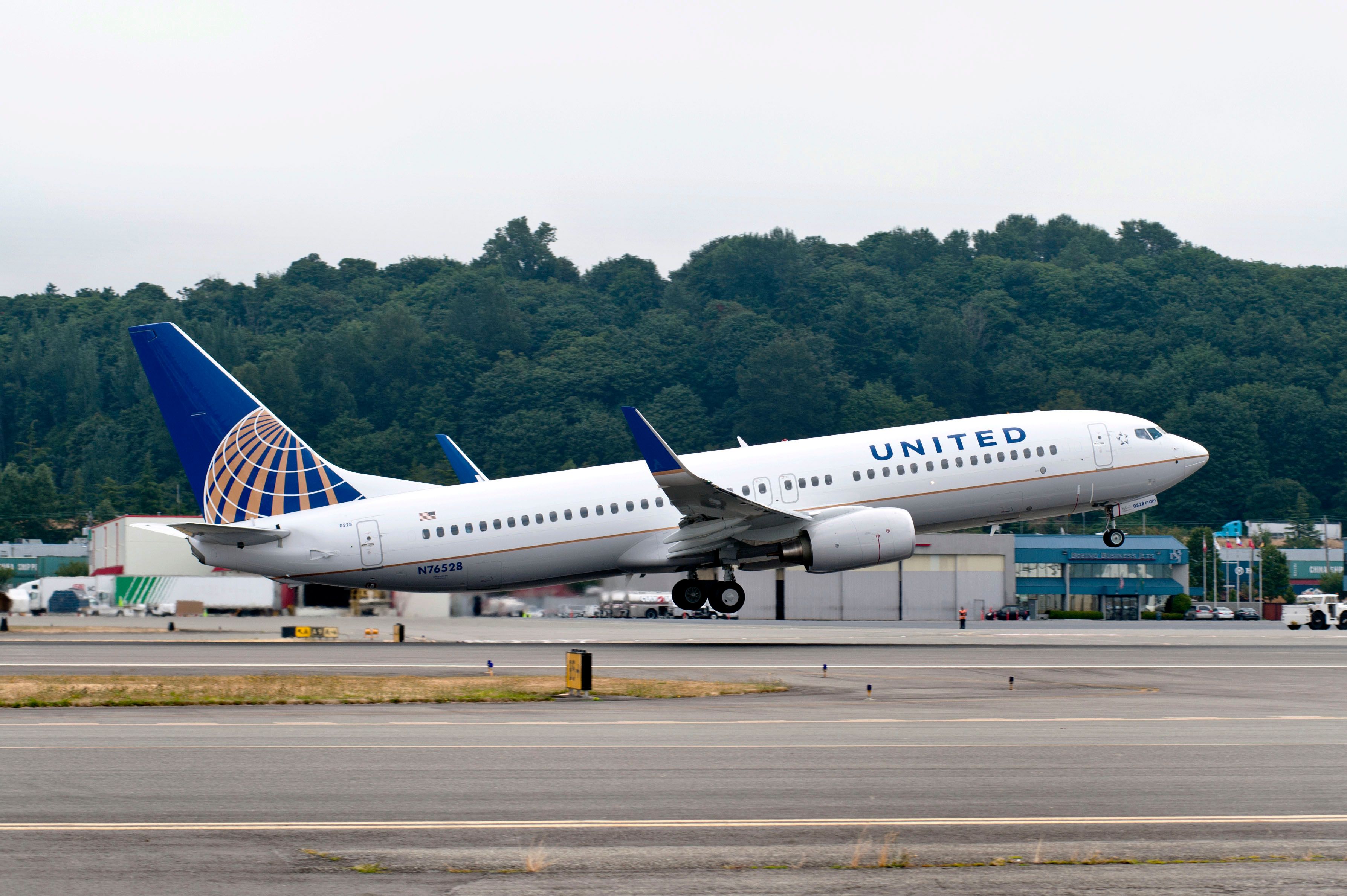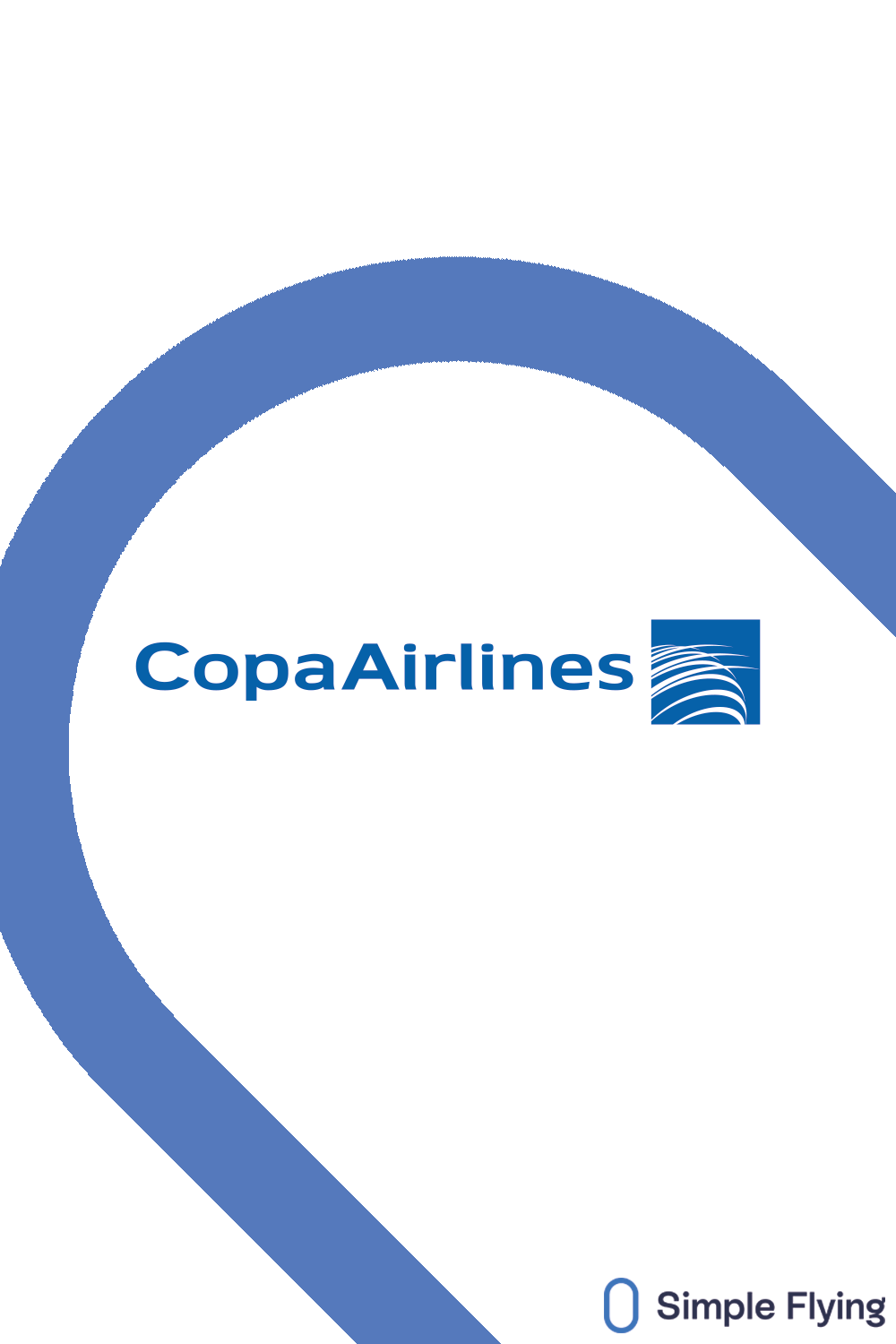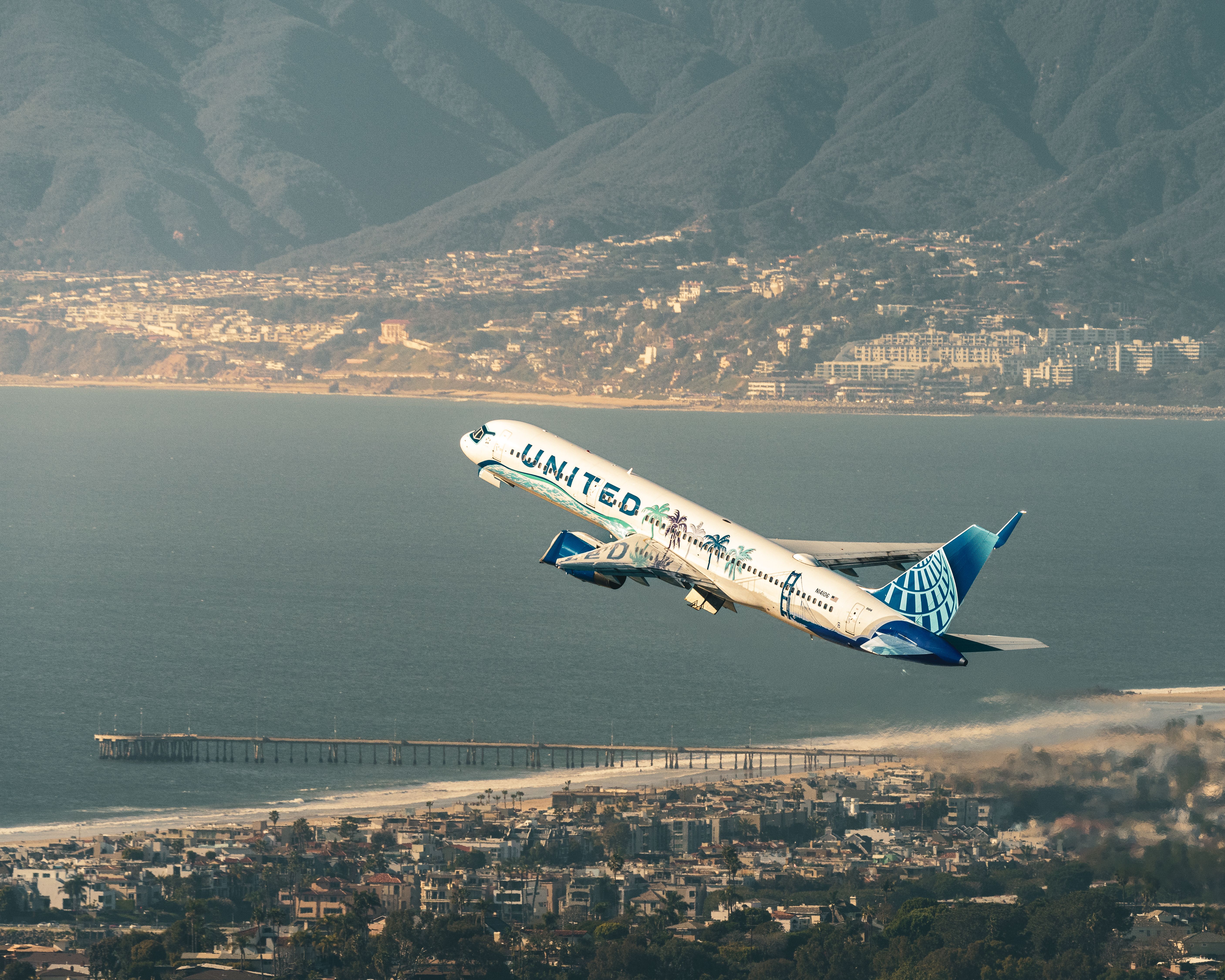On your travels throughout the Americas over the years, have you ever happened to notice that Copa Airlines' livery is very similar to the colors and structure of United Airlines? It wasn't always the case, as the Panamanian carrier's foundation dates back to 1947 and originally had a red stripe across its planes. So, how did Copa come to have its current livery? Let's investigate further and find out.
The origins of Copa Airlines
Long before Copa Airlines had become such a powerhouse in Central America and used Panama's Tocumen International Airport (PTY) as the 'Hub of the Americas,' the carrier had somewhat more humble origins. Did you know that the now extinct Pan American World Airways had an original 32% stake in Copa Airlines?
The Panamanian carrier began its operations with three domestic routes, using Douglas DC-3 / C47 planes. This represented a considerable contrast compared to Copa Airlines' extensive hub and spoke operations out of Panama City today. Its domestic flights are limited, although it does still serve the city of David.
Get the latest aviation news straight to your inbox: Sign up for our newsletters today.
During its early years, Copa Airlines wasn't the only carrier in Panama. Indeed, Air Panamá Internacional was also a key player in the country, and it had backing from the likes of the Panamanian Government and Iberia.
In 1966, Copa Airlines started international operations, with three weekly flights to San José, Costa Rica. Three years later, it connected more global destinations with its first Avro 748, flying to Kingston, Managua, and Barranquilla. By the 70s, it started to connect more Latin American cities, showing what was yet to come. It launched routes to Medellin, Cartagena, San Salvador, and Guatemala.
Love aviation history? Discover more of our stories here!
How did Copa become a superpower in Latin America?
As it happens, Copa Airlines is not one of the oldest carriers in the Latin America region, as Avianca, Aeromexico, and some others have earlier origins. Even so, Copa is recognized as one of the most important airlines in Latin America. It flies to destinations throughout the region, using Tocumen Airport as a hub.
In 1980, Copa withdrew from the Panamanian domestic market, instead preferring to focus on its international reach. It did this by adding its first Boeing 737-100 to its fleet. As we now know, Copa is one of the most significant users of the B737 in the region, and it now operates solely with this narrowbody family.
Moving into the 1980s, Copa flew to Port-au-Prince in Haiti, Santo Domingo (Dominican Republic), San Juan in Puerto Rico, and Miami. Nevertheless, it was 1992 when Copa moved to Tocumen International and created the 'Hub of the Americas.' At that time, the airline had a livery composed of two stripes, red and yellow, across the aircraft. It had the word 'Copa' written on the tail and the fuselage.
Between 1992 and 1997, Copa launched flights to Caracas, Mexico City, Santiago, Cali, Bogotá, Quito, Guayaquil, Lima, Buenos Aires, and Havana, and was becoming the carrier we know today. Then, Continental Airlines came.
And what about the livery? Why is it so similar to United's?
In 1998, Copa and Continental signed a strategic alliance. This allowed the US carrier to acquire 49% of Copa, with this then increasing to a majority share of 51% the next year. After that, Copa launched its new brand and adopted the OnePass frequent flyer program. It also upgraded its fleet with Boeing 737 NG planes.
Then, the carrier changed its livery and took the white fuselage with the company's name written across it. It painted its tail dark blue, with a design showing the world with gold and white stripes across it, thus creating the image that we know today. This was, of course, very similar to the Continental Airlines livery.
In the 2000s, Copa launched flights to Cancun, Sao Paulo, Tegucigalpa, Orlando, Los Angeles, and New York. By 2005, it became the third Latin American Airline to trade on the New York Stock Exchange. That same year, Continental Airlines reduced its stake in Copa Airlines to 27.3%, and by 2006 it had a 10% share.
Continental Airlines eventually ceased operations when it completed its merger with United Airlines in March 2012. This saw the two US carriers become one company, which retained the United Airlines name. However, livery-wise, it has gone forward with a Continental-inspired design. Simple Flying took a closer look at the livery history of United Airlines, which you can read in more detail here.
Similarly, Copa Airlines has since bought back the stakes it sold to Continental in 1998, but retained the carrier's look. As such, this explains why its current paint scheme still bears similarities to that of United Airlines. According to data from ch-aviation.com, the Star Alliance member presently has 90 aircraft in its fleet, and serves a grand total of 77 destinations across 32 different countries.
Have you ever flown with Copa Airlines? How do you like the livery of the Panamanian flag carrier? Let us know your thoughts and experiences in the comments!
Source: ch-aviation.com

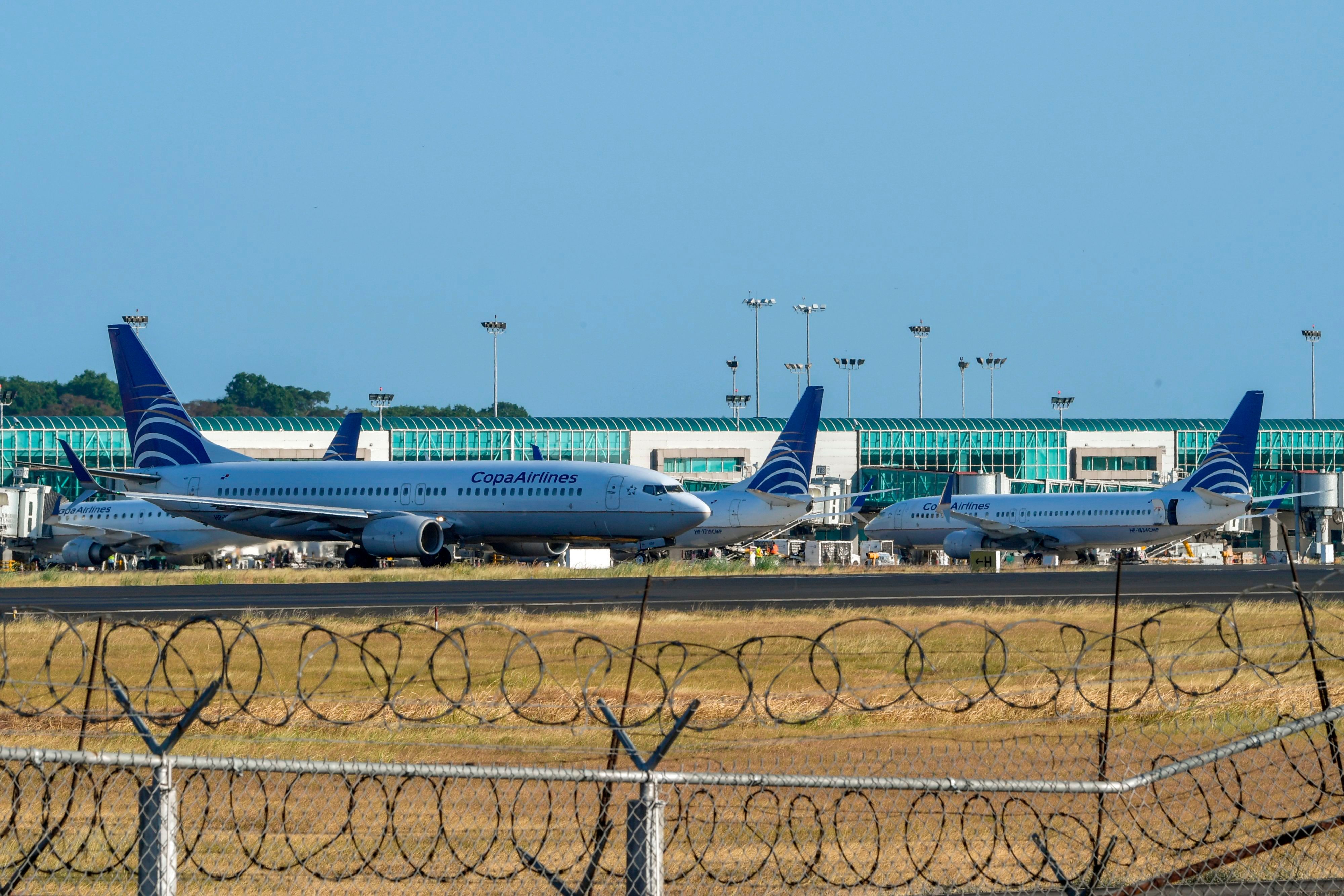
.jpg)
